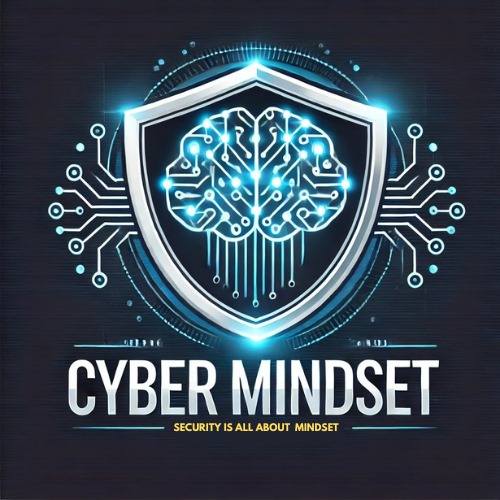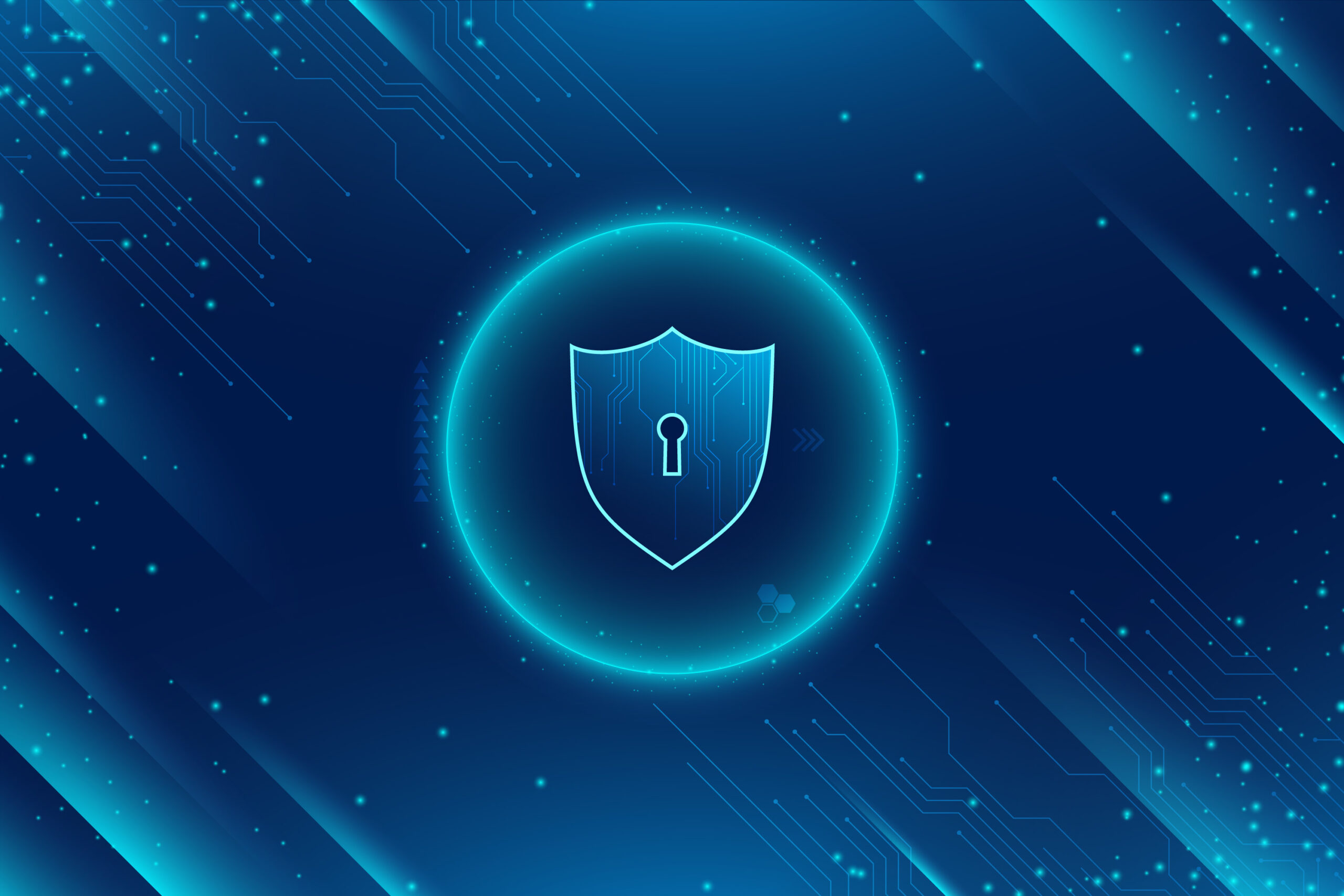1. Artificial Intelligence and Machine Learning in Cybersecurity
AI-Driven Threat Detection: AI and ML are revolutionizing threat detection by analyzing large volumes of data to identify patterns and anomalies that might indicate an attack. AI can detect subtle, previously unknown threats (zero-day vulnerabilities, for example) that traditional security tools might miss. It can also automate incident detection and response in real time.
Example: Darktrace uses AI for real-time threat detection and autonomous response, learning from the environment to detect unusual behavior in network traffic.
Automated Response and Remediation: AI-powered tools can automatically respond to detected threats without human intervention, reducing response time. For instance, if an AI system detects an attack (such as ransomware), it can automatically isolate the affected system or block malicious traffic.
Example: Cortex XSOAR (by Palo Alto Networks) offers an AI-driven Security Orchestration, Automation, and Response (SOAR) platform that automates workflows and threat remediation.
Predictive Analytics: AI can also help predict potential future threats based on historical data, attack trends, and evolving tactics, techniques, and procedures (TTPs). This proactive approach enables organizations to harden their defenses before an attack occurs.
2. Zero Trust Architecture (ZTA)
Principle of “Never Trust, Always Verify”: Zero Trust is a security model that assumes no one—whether inside or outside the network—is inherently trustworthy. This model involves continuous verification of user identity and device health, with access granted based on minimal privileges and the least amount of access necessary for the user or device.
Example: Zscaler and Okta offer cloud-based Zero Trust solutions that manage secure access based on user identity, device health, and context, rather than relying on perimeter security.
Identity and Access Management (IAM): Integrated IAM solutions allow for granular control over who can access resources, incorporating multi-factor authentication (MFA), behavioral analytics, and context-based access control policies.
Example: Ping Identity offers Zero Trust solutions combined with strong IAM capabilities to enforce secure and adaptive authentication protocols.
3. Extended Detection and Response (XDR)
Holistic Threat Detection: XDR solutions extend traditional Endpoint Detection and Response (EDR) by integrating and correlating data from multiple security layers, including endpoints, networks, servers, and cloud services. By providing centralized visibility and a more comprehensive view of the threat landscape, XDR allows for more efficient detection and response to advanced persistent threats (APTs).
Example: Trend Micro‘s XDR platform integrates data from endpoints, servers, cloud workloads, and network traffic to provide advanced threat detection and automated responses.
Cross-Layer Automation: XDR uses AI and automation to speed up threat detection and response across various attack vectors. It combines network, email, endpoint, and cloud-based security data into a single platform for unified threat intelligence.
4. Security Automation and Orchestration
Automated Incident Response (SOAR): Security Orchestration, Automation, and Response (SOAR) platforms help security teams respond more effectively by automating manual processes, incident workflows, and remediation steps. These solutions significantly reduce the time to detect and mitigate threats.
Example: Splunk Phantom and IBM Resilient enable automation of incident responses, helping to streamline workflows and improve efficiency.
Automated Threat Hunting: Threat hunting tools powered by AI and machine learning can automatically scan networks for signs of suspicious activity and vulnerabilities, reducing the need for constant human oversight. Automated threat hunting provides faster identification of potential risks.
Example: CrowdStrike Falcon leverages AI and machine learning to provide automated threat hunting on endpoints, uncovering hidden threats before they can do significant damage.
5. Blockchain for Cybersecurity
Decentralized Security Solutions: Blockchain technology, known for its decentralized, immutable ledger, is being explored for enhancing cybersecurity. Blockchain can provide secure, transparent, and verifiable records of transactions, which can be used for secure data sharing, access control, and verifying the integrity of software or data.
Example: VeChain and IBM Blockchain provide solutions that use blockchain to secure supply chains, authenticate transactions, and ensure data integrity in various sectors, from healthcare to finance.
Secure Identity Management: Blockchain-based decentralized identity management systems allow individuals to control their own digital identities, minimizing the risks of identity theft and fraud. These systems use blockchain’s transparency to create tamper-proof digital identities.
Example: Sovrin and uPort use blockchain technology to offer decentralized identity solutions that improve privacy and security.
6. Quantum Cryptography
Quantum Key Distribution (QKD): With the advent of quantum computing, current cryptographic systems (like RSA) are at risk of being broken. Quantum key distribution (QKD) is a method of securing communication using the principles of quantum mechanics. QKD ensures that any attempt to intercept or eavesdrop on communication is detected, making it an ultra-secure form of encryption.
Example: ID Quantique offers QKD systems that are already being used in financial institutions and government networks for highly sensitive communication.
Post-Quantum Cryptography: Efforts are underway to develop cryptographic algorithms that can resist attacks from quantum computers. Standards for post-quantum cryptography are being developed by organizations like NIST (National Institute of Standards and Technology), which are expected to lead to the next generation of secure encryption algorithms.
Example: Microsoft and Google are developing quantum-resistant encryption methods and integrating them into their cloud platforms.
7. Cloud-Native Security Solutions
Cloud Security Posture Management (CSPM): As organizations migrate to cloud environments, CSPM solutions help monitor and enforce security policies, ensuring compliance and identifying misconfigurations in cloud infrastructure (e.g., AWS, Azure, Google Cloud). These tools continuously scan for vulnerabilities and suggest improvements.
Example: Palo Alto Networks Prisma Cloud offers CSPM and Cloud Workload Protection (CWP) for securing cloud environments and preventing misconfigurations or mismanagement of cloud resources.
Cloud Workload Protection (CWP): Cloud-native security tools protect workloads (applications and data) running in cloud environments. These solutions provide deep visibility into cloud infrastructure, automated vulnerability scanning, and runtime protection.
Example: Trend Micro Deep Security provides protection for virtualized environments and cloud workloads by detecting vulnerabilities, malware, and network attacks.
8. Biometric Authentication and Behavioral Analytics
Biometric Authentication: Biometric technologies like facial recognition, fingerprint scanning, and iris scanning are becoming more common for securing access to devices and sensitive systems. These systems provide a higher level of security by relying on unique physical characteristics that are difficult to replicate or steal.
Example: Apple Face ID and Windows Hello are biometric authentication systems that integrate facial recognition and other biometric methods for secure device access.
Behavioral Biometrics and Continuous Authentication: Instead of relying solely on passwords or static biometric data, behavioral biometrics analyze patterns in user behavior (like typing speed, mouse movements, and even walking patterns) to continuously authenticate users as they interact with systems.
Example: BioCatch and SecuredTouch use behavioral biometrics for continuous authentication in financial and mobile applications.
9. Privacy-Enhancing Technologies
Homomorphic Encryption: Homomorphic encryption allows data to be processed and analyzed while still encrypted, preventing exposure of sensitive information. This is particularly useful for outsourcing computations to third-party services while maintaining privacy.
Example: Microsoft Azure Confidential Computing provides tools for running computations on encrypted data using homomorphic encryption, ensuring data privacy even in the cloud.
Secure Multi-Party Computation (SMPC): SMPC enables multiple parties to compute a function on their combined data without revealing their individual datasets. This technique is useful in collaborative data analysis while maintaining privacy and confidentiality.
Example: Partisia Blockchain and Enigma focus on decentralized applications that use SMPC to secure private computations across multiple parties.
10. Advanced Endpoint Protection and Response (EPR)
Next-Generation Antivirus (NGAV): NGAV solutions go beyond traditional signature-based methods by using AI and machine learning to detect threats based on behavior, rather than relying on known virus definitions. This allows them to identify advanced malware and fileless attacks.
Example: CrowdStrike Falcon and SentinelOne use AI and machine learning to provide endpoint protection that can detect and mitigate zero-day attacks and advanced persistent threats.


